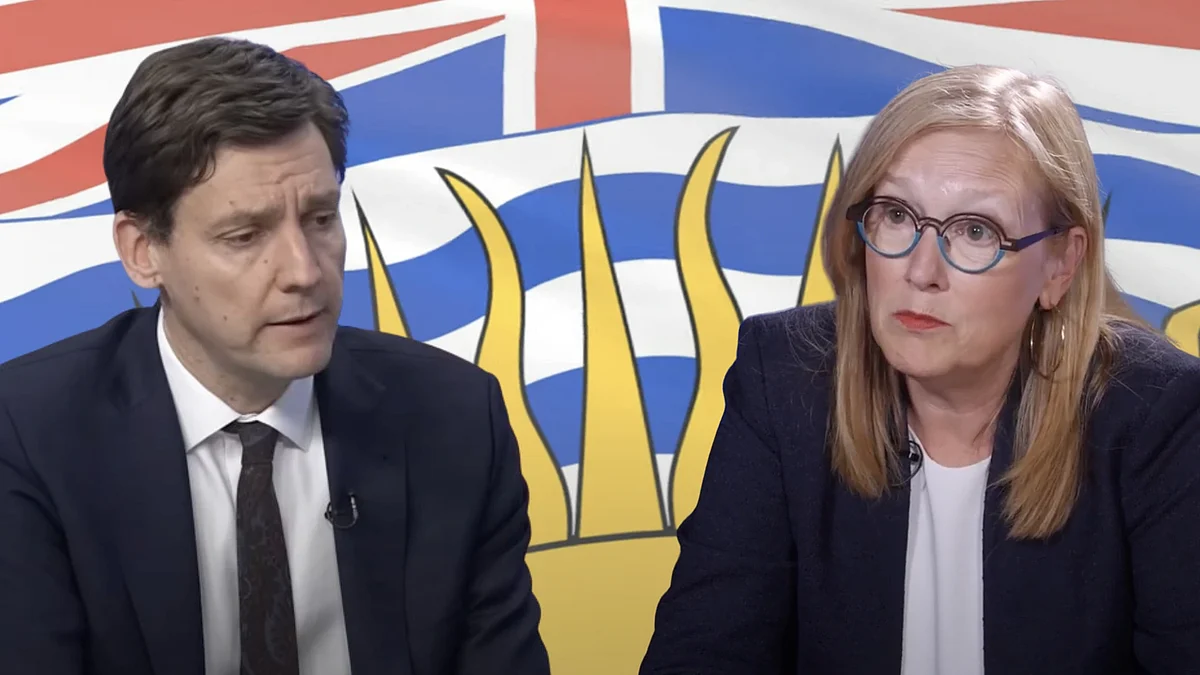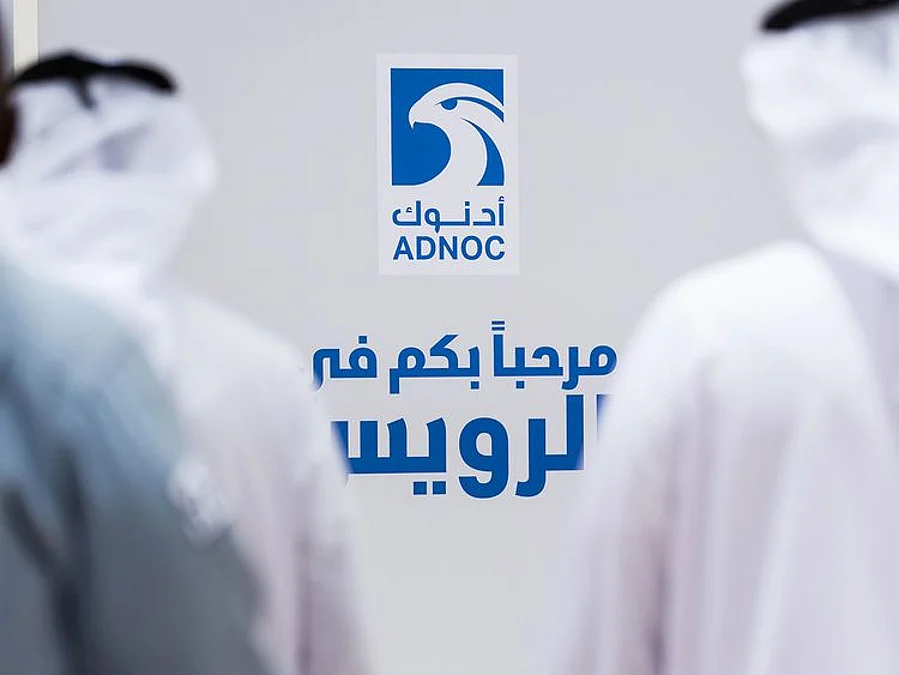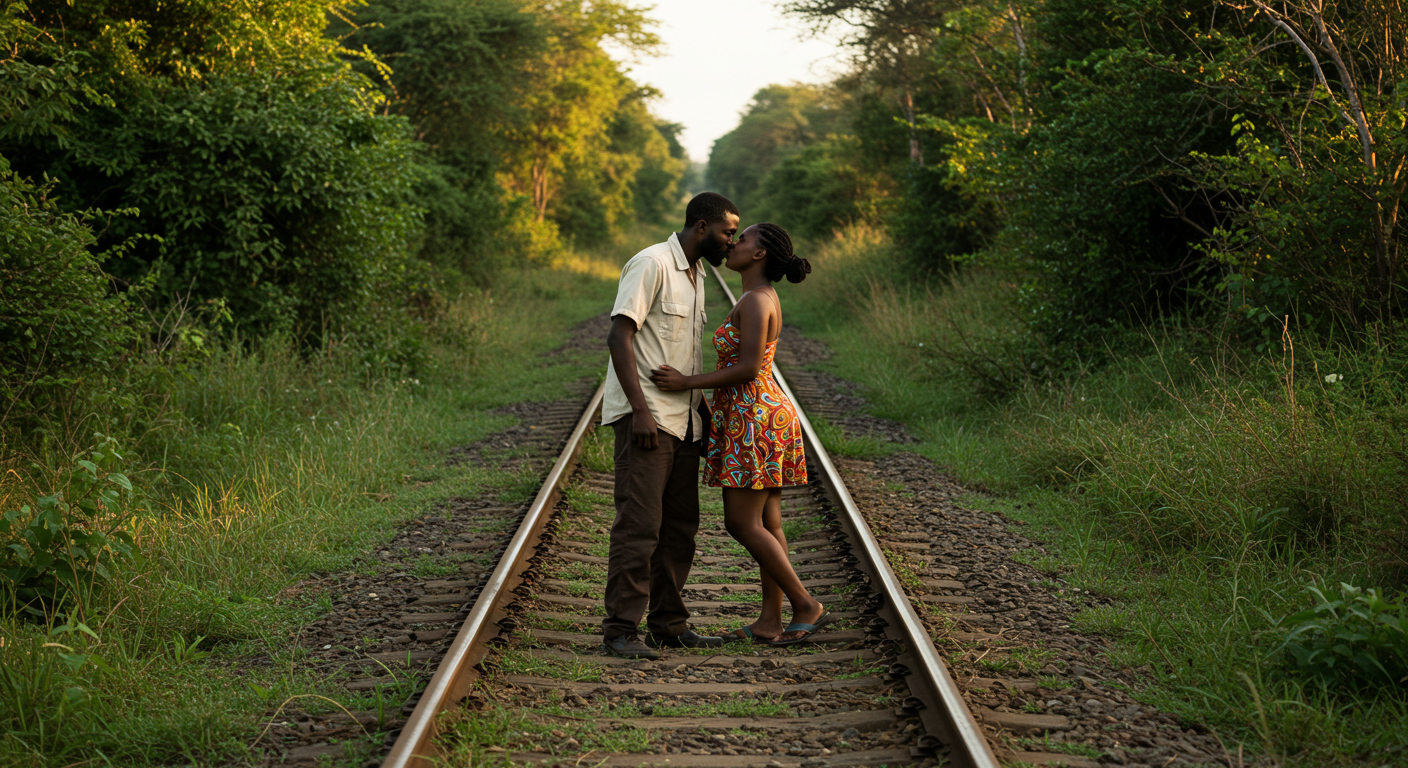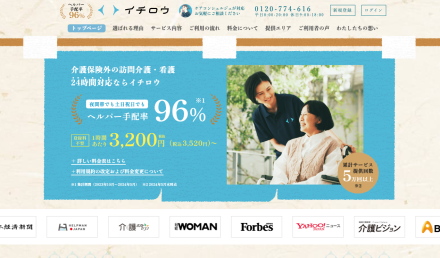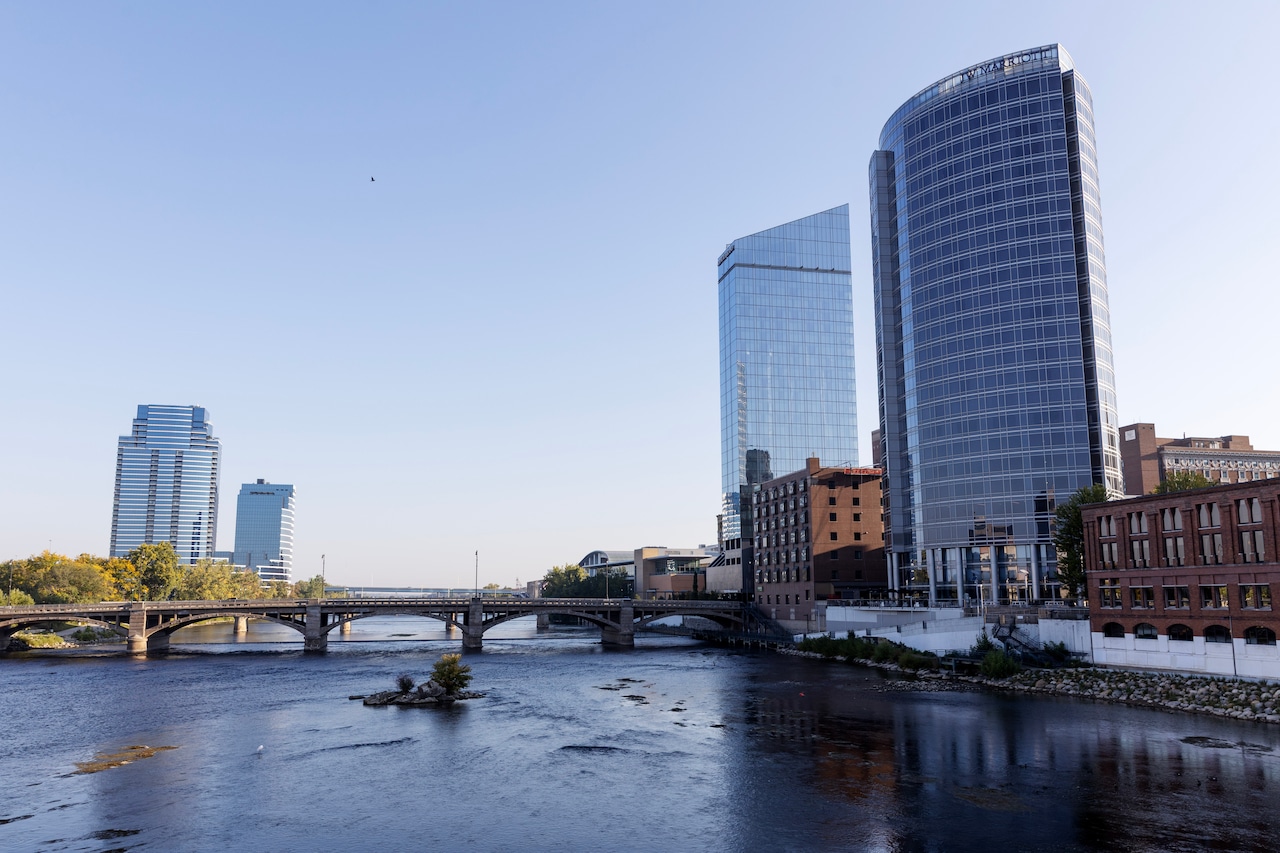
GRAND RAPIDS, MI — Downtown Grand Rapids has seen lots of change since city leaders in 2015 adopted GR Forward, an ambitious plan designed to guide downtown’s growth over the past decade.
The downtown population grew from an estimated 5,000 to 8,000 residents, a significant increase but short of the plan’s ambitious 12,000-resident goal.
Meanwhile, significant progress has been made on activating the banks of the Grand River with more trails, parks, cultural amenities and events. However, key projects like restoring the Grand River’s rapids, renovating Calder Plaza, and at least one much-discussed street transformation remain in the planning stages.
GR Forward’s lifespan is now coming to a close, and the organization overseeing it, Downtown Grand Rapids Inc. (DGRI), plans to update it for the years ahead.
Here are five takeaways from two stories MLive/The Grand Rapids Press published Wednesday examining a sampling of the goals included in GR Forward and where they stand today:
Downtown’s population grew significantly but missed an ambitious target
In 2015, the GR Forward 10-year master plan set an ambitious goal to more than double downtown’s residential population from roughly 5,000 to a “critical mass” of 12,000 residents. Over the past decade, the population has increased substantially, adding an estimated 3,000 people to reach about 8,000 residents today. While officials are pleased with this growth, it still leaves the city 4,000 residents short of its target. This goal was part of a wider vision to
The COVID-19 pandemic and economic headwinds halted momentum
Officials say the push for more downtown housing, a necessary component to grow the population, would have been more successful if not for the COVID-19 pandemic and its economic fallout. The momentum seen in the late 2010s was sapped by escalating construction costs, with the Producer Price Index for materials increasing 43% between July 2020 and July 2025, and interest rates rising sharply. These factors made new construction projects significantly more expensive and difficult to execute, causing a significant slowdown in development. In addition to economic pressures, developers also cited civil unrest in 2020 and increased competition from walkable suburban communities as headwinds.
Major progress on riverfront parks and trails
While the goal of restoring the Grand River’s rapids by removing a series of dams remains in the planning stages, significant progress has been made in activating the river’s banks, a core tenet of GR Forward. The 12,000-capacity riverfront Acrisure Amphitheater is more than halfway complete, the renovation of the riverfront Lyon Square is finished, and work is underway on rebuilding Canal Park. In addition, progress continues on the Grand River Greenway, a regional trail system that will connect the amphitheater to parks north of the city and beyond, successfully advancing the goal of creating a more vibrant river corridor.
Lots of events and public-space activation
A major goal in GR Forward was not only the growth and development of downtown but the activation of public spaces with events and festivals to draw visitors to the area and serve residents who live there.
DGRI and others have done so in a significant way since 2015.
The organization has launched a host of festivals and events, including World of Winter, Return to the River, the Relax at Rosa free lunchtime entertainment series, and more. Public spaces have also been spruced up through investments in murals and other public art. DGRI describes the World of Winter, which in 2026 will run from Jan. 9 to March 1, as the largest winter festival in the U.S.
DGRI, along with Kendall College and the city of Grand Rapids, also stepped in to help preserve ArtPrize, arguably the city’s premier festival, after its founder, Rick DeVos, announced in 2022 that he was disbanding the original ArtPrize organization.
Goal to diversify the downtown workforce was not tracked
A major equity objective in GR Forward was to triple the percentage of nonwhite employees working downtown by 2025. However, the goal was not implemented or tracked.
In 2015, an estimated 90% of the area’s 35,000 workers were white, according to the GR Forward plan. Today, there are an estimated 40,000 downtown workers, though DGRI says it doesn’t have a racial or ethnic breakdown for those employees.
Tim Kelly, the president and CEO of DGRI, said the goal of tripling the percentage of nonwhite downtown employees was an “aspirational target,” but noted the organization has no control over private business hiring.
Grand Rapids Mayor David LaGrand said that while Grand Rapids city staff aren’t monitoring the goal of diversifying downtown’s workforce, diversity is one of the city’s “core values,” and that the city strives to incorporate it into much of its work.
Examples include inclusion plans created by real estate developers who are seeking city incentives for projects. Such plans set aspirational goals for the hiring of local, women- and minority-owned construction firms that build projects for real estate developers.
Calder Plaza renovation and Ottawa Avenue redesign remain conceptual
One much-discussed infrastructure improvement, converting a portion of Ottawa Avenue into a two-way street, hasn’t happened, though city staff say they continue to study the idea.
The idea behind the reconfiguration is that two-way streets are easier to navigate and more hospitable to people coming downtown. Plus, under its current configuration, Ottawa Avenue feels like a highway off-ramp as it runs one-way through downtown from I-196.
Likewise, a proposal to transform a four-lane section of Fulton Street into a two-lane boulevard has only “lived as a concept” and is not in any near-term capital plans. A long-recommended renovation of Calder Plaza has also not happened, though it is now being planned to coincide with essential maintenance on the parking structure beneath it.
